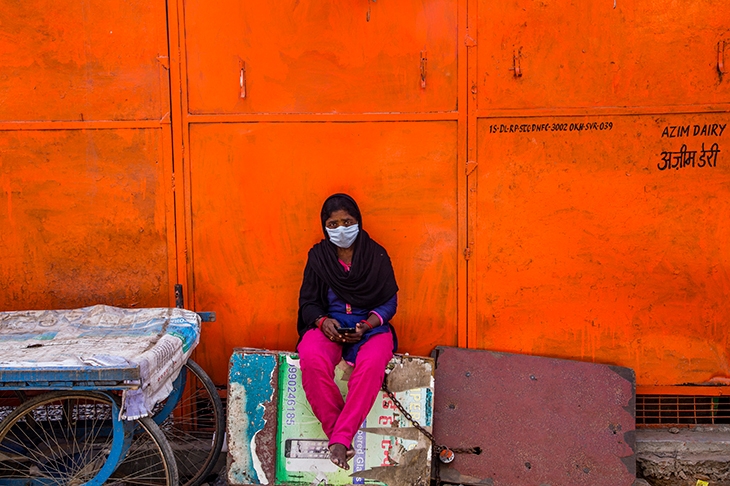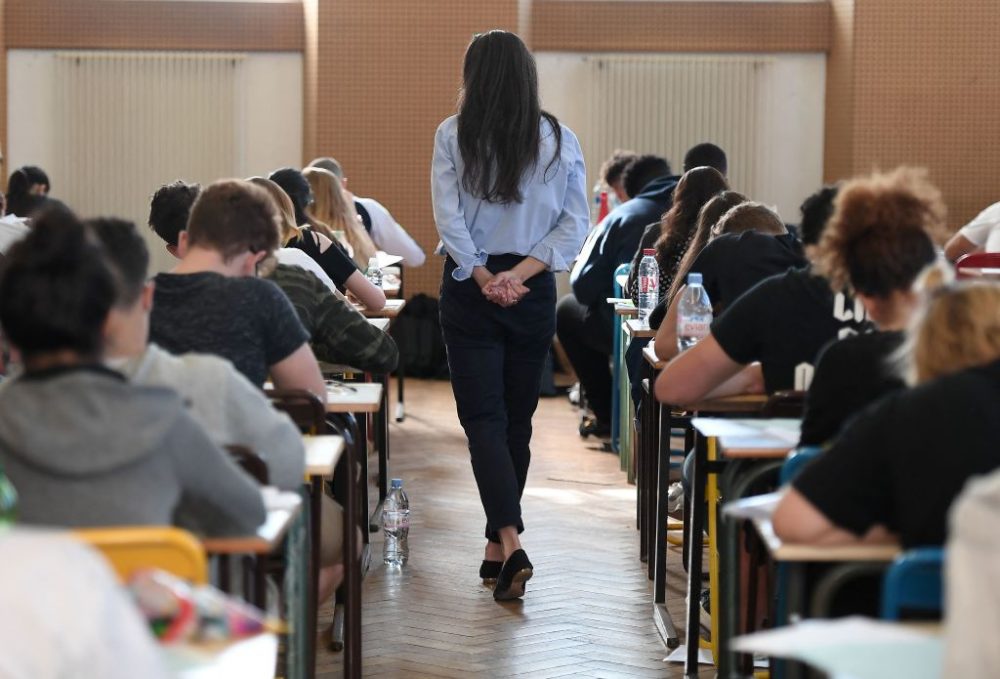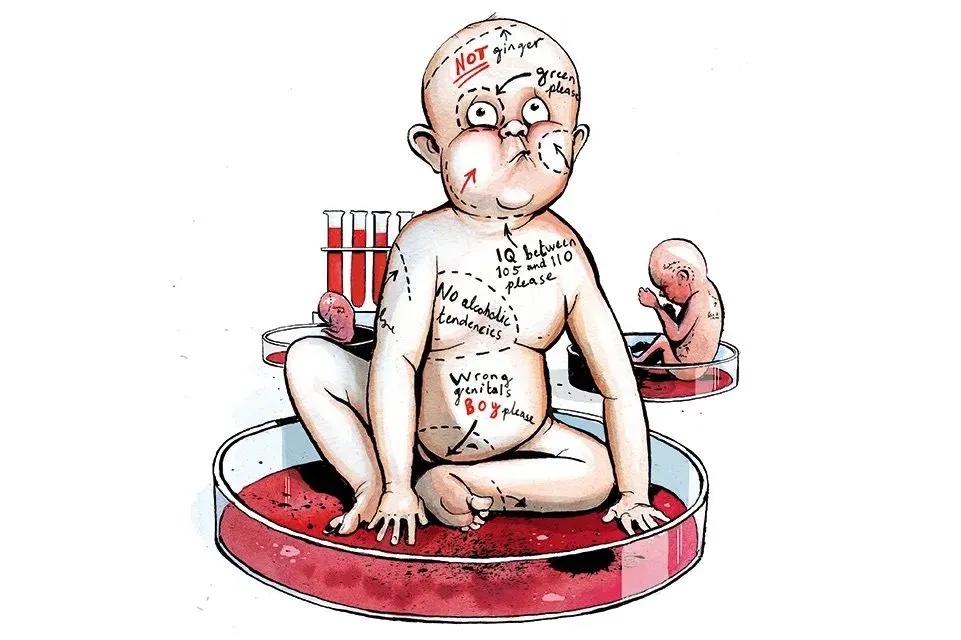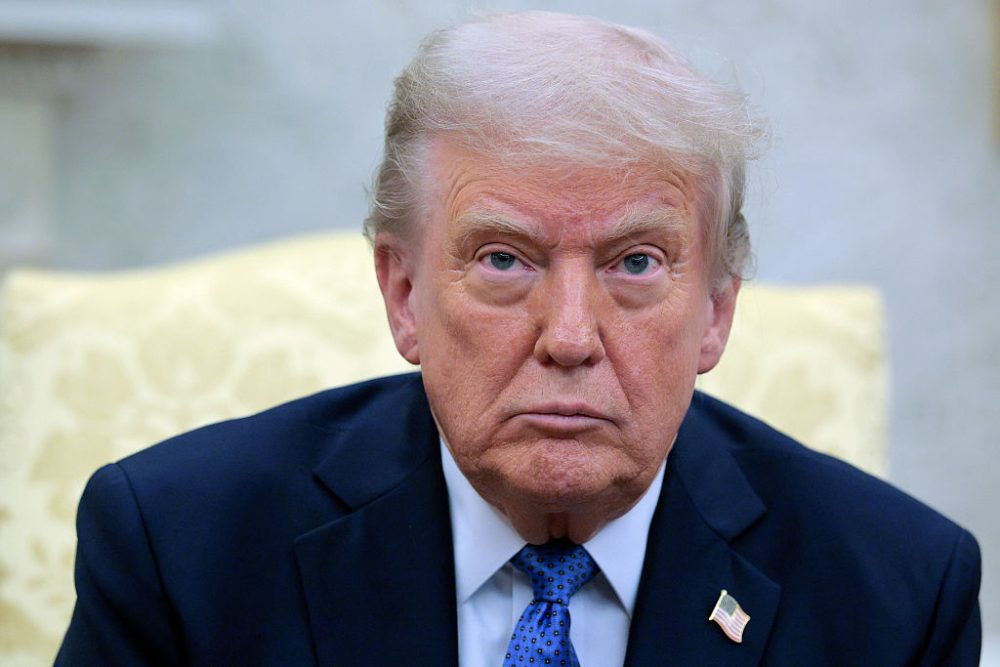‘There have been as many plagues in history as there have been wars,’ wrote Albert Camus in The Plague, ‘yet always plagues and wars take people equally by surprise.’ So it was this time. The arrival of a new coronavirus blindsided governments of most advanced nations as they reached for a tool that few had ever really considered before: lockdown. It all happened too fast for a proper discussion about the implications. The biggest question — the extent to which lockdown will claim lives as well as save them — is one you can ask at a global level.
We know the national costs. In the United States, there is joblessness on a scale not seen since the Great Depression, with more than 33 million unemployed. The Bank of England forecasts the UK economy will fall by 14 percent this year — the steepest decline since 1706. Similar trends can be found across the industrial world. The global economy is veering toward an economic depression not seen for generations.
Yet this argument, to many, seems crass. How consequential is an economic loss in balance when lives at risk from COVID-19 are at stake? Understandably, few find such calculations compelling — and tend to side with those who advocate for prolonged lockdowns lasting for months or more. If this were about lives vs money, it would be easy to understand. But look deeper, and this is about lives vs lives — on a scale that has not, so far, been very much discussed. Lockdown will, on a global level, hit the poorest hardest.
We have the health impacts in the rich world. To keep hospitals available for the COVID-19 patients who never showed up, patients delayed non-urgent but essential healthcare, including vaccinations, cancer screening, and even chemotherapy. The death toll from this will manifest over the coming years as old infectious diseases find new life and cancer mortality rises. In the UK, cancer deaths have been predicted to rise by about 18,000 due to the disruption in treatment.
Harder to predict will be the lives claimed by the new epidemic of unemployment. We saw in the effect of the 2007/08 crash huge numbers of people who died from opioid overdose and depression. The dearth of opportunities and increased feeling of lack of purpose in life will hasten these deaths of despair. But the harm to people in poorer countries from the lockdowns in rich countries will be many times worse. We’ve seen, in the past 25 years, a collapse in global poverty due to world capitalism. We’re about to see this thrust into reverse.
The United Nations forecasts that even if the world economy rebounds in the second half of the year, the economic downturn would increase the numbers in extreme poverty up by anything from 84 million to 132 million. The recession would reverse years of progress in the fight against child mortality in the developing world. The UN’s World Food Program predicts that by the end of the year, the numbers facing acute hunger will double to 265 million. These are staggering figures. If this were to be the result of a natural disaster, it would be worldwide news. Now, it’s just seen as a footnote in the side-effects of lockdown.
Take the number of infants and small children dying in developing countries: five million in 2017 (when the last count was taken). A tragic figure, but it would have been 10.6 million had it not been for the improvements made in the past two decades. Progress made each year against diseases and malnutrition means that 300,000 fewer children will die compared with the previous year. When these numbers are compounded, the progress made in a given year saves an additional three million young lives each decade. When that stops, as it now has, the cost can be counted in lives. If lockdown is to cost us two years’ growth, as some have argued, it would end up taking nearly six million young lives in the coming decade.
Combine this with a return to levels of childhood mortality of just five years ago, and this would lead to a loss of more than 20 million young lives over the next ten years. These projections are horrifying — but given the UN’s calculations for the case that the world economy will recover this year, they are also terrifyingly realistic if the downturn lasts longer. The World Bank has calculated which countries will be hit hardest, and how many more are about to end up in poverty. In Congo, two million. In Nigeria, five million. In India, 12 million.
Policies that depress the global economy — no matter how well-intentioned — put millions of the world’s most vulnerable young people at risk. The decision to lift our lockdowns thus involves weighing lives to lives rather than lives to money.
Lockdowns, of course, are not all that prevents the global economy from thriving now. People the world over have also changed their behavior out of fear of the virus, with less trade and — therefore — less wealth spread. But mandatory lockdowns worsen the economic downturn. That they are not the only source of economic pain is not a reason to ignore their impact.
***
Get three months of The Spectator for just $9.99 — plus a Spectator Parker pen
***
As any health economist will tell you, age is also a factor. Those in our countries most at risk from the virus are predominantly elderly, whereas the people most at risk from a global economic depression will include many children. Ending lockdown does not mean abandoning the elderly. Low-cost interventions are available: protecting nursing homes from epidemic spread would pose little or no economic harm and much benefit.
Unfortunately, the public debate to date has left little room for our political leaders to consider how our response to the virus impacts lives elsewhere. Each government assesses its success or failure by its own number of coronavirus-related deaths. The scoreboard charts that we see, judging countries on COVID-19 deaths alone, tend not to factor in those killed by the reaction to the virus — at home or abroad.
We are moral people. We have grown good at thinking about the effects of our decisions on the lives of the world’s poorest, from climate change to trade policy. The shock of a pandemic can narrow the focus, at least at first. But now we’re over the shock, we can perhaps look at the predicted surge in world poverty, and deaths, and consider these as a factor when deciding the future of lockdown. A lot of lives are on the line.
Professor Bhattacharya teaches at Stanford Medical School and Professor Packalen at the University of Waterloo, Ontario. This article was originally published in The Spectator’s UK magazine. Subscribe to the US edition here.

























